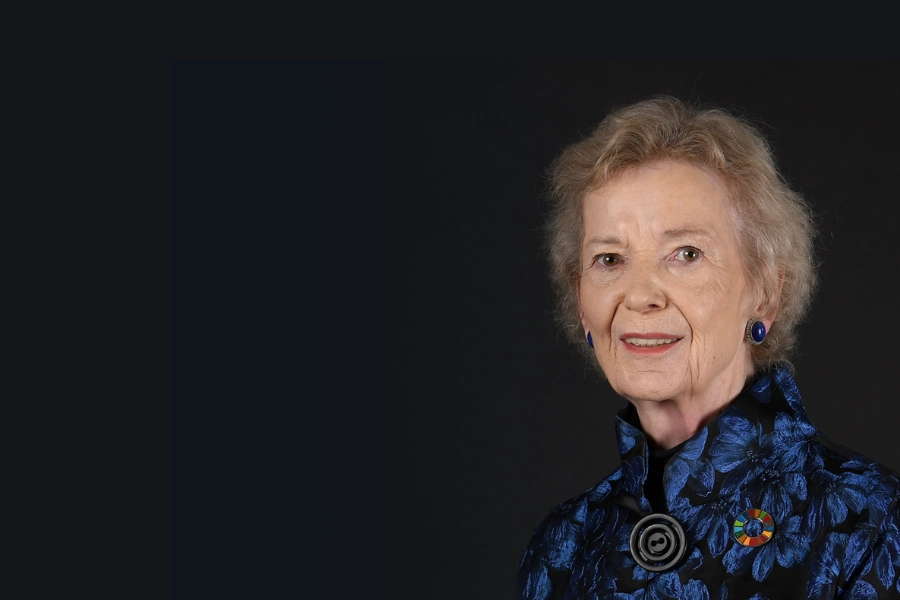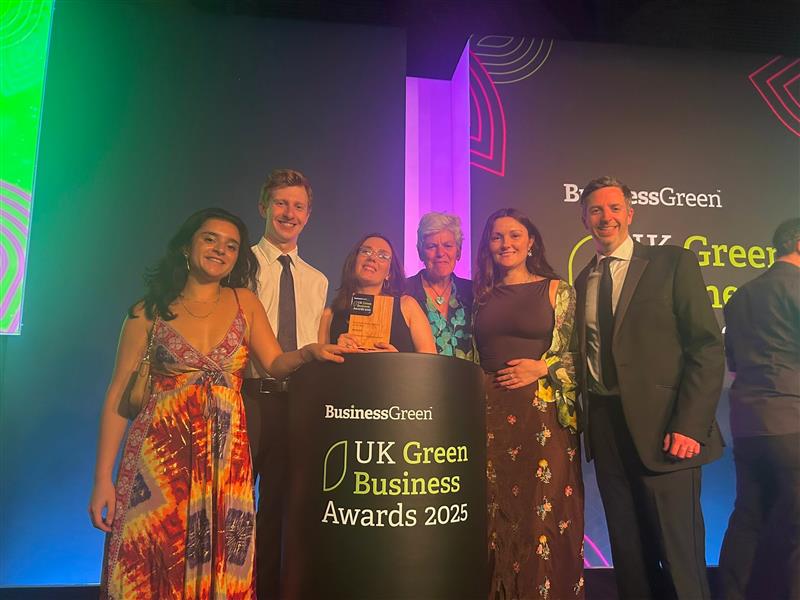Why we need long-view leadership

Long-view leadership is a crucial approach future leaders must adopt to lead humanity towards a great shared future. This approach is in stark contrast to short-view leadership where it’s all about governments winning elections.
In 2024, more than half of the world’s population will be electing the next prime ministers, presidents, members of parliament, mayors, and local government. These candidates will be working hard to convince the public that they are the best fit for these positions.
However, have they missed accounting for the most crucial threats facing humanity today by only accounting for the next election? We think so. It’s about time to look long into the future, rather than just tomorrow.
What is long-view leadership?
“Long-view leadership” is a term coined by The Elders, a group of former world leaders founded by Nelson Mandela. The trailblazers behind the movement for ‘long-view leadership’ consist of Elders Mary Robinson, Ban Ki-moon, Graça Machel, Juan Manuel Santos, Ellen Johnson Sirleaf, together with the president of the Future of Life Institute, Max Tegmark. Additionally former leaders, Nobel Laureates, scientific experts, youth activists, business leaders, philanthropists and influential figures from across public life have also shown their support by signing their open letter.
They have come up with this term to encourage those running for office to recognise the critical and urgent existential threats that humanity is currently facing: climate change, pandemics, AI and nuclear power, and address both current concerns and long-term risks. Even if it is at the expense of vested interest.
Those who adopt this approach will be driven by the hope of a shared future and show the humility to listen to those most vulnerable while taking into account science-based evidence when considering solutions.
Why should you care about long-view leadership?
If leaders do not adopt long-view leadership and continue to find solutions that only help them to win the next election or manage these existential threats to the next election, we will continue to increasingly feel the impacts of these threats in our lives. For example, if the Paris Agreement is not respected, global warming will lead to catastrophic weather events, such as extreme flooding.
Government institutions, however imperfect, are an essential part of mitigating ongoing existential threats. We have to trust our leaders to ensure a future away from harm for all members of society.
Some names supporting the movement in a recent open letter include former British Prime Minister Gordon Brown, Actress Cate Blanchett, Richard Branson, and former Head of Climate Change negotiations Christiana Figueres.
How will long-view leadership work?
We can take an example from one of the driving forces of this concept: Mary Robinson, Ireland’s first woman president. While serving in the Irish Parliament from 1969 to 1989, she was already campaigning for the rights of Irish women to contraception; which was illegal at the time due to Ireland’s social and religious context. She championed these rights through a long series of legislative measures that eventually came to fruition during her tenure as president. This is just one of many humanitarian issues Mary Robinson was able to address by adopting a long-view leadership.
Nelson Mandela was also the embodiment of its principles. Members of the Elders, who were originally brought together by Mandela, have shown courage, compassion and commitment to cooperation which reflect thinking about the future, rather than just tomorrow.
We have done it before, so we can do it again. Barely a decade after the first atomic bombs were dropped on Hiroshima and Nagasaki, and with the Cold War already well entrenched, the United States and the Soviet Union and their respective allies agreed to establish the International Atomic Energy Agency (IAEA).
The commitment of Cold War leaders to agree on multilateral non-proliferation agreements like the Non-Proliferation Treaty (NPT) and the 1972 Biological Weapons Convention should be recalled by their counterparts today. Likewise, the efforts to secure the Montreal Protocol of 1987 and the rebuilding of the ozone layer offer a rebuke to those who decry the current multilateral COP process as a futile endeavour.
What does long-view leadership look like in 2024?
In the example of the climate crisis leaders must urgently take action and implement policies that will deliver the climate commitments they have made within the Paris Agreement. Long-view leaders will commit to bringing humanity to a vision of home in our shared future by:
- Holding big emitters to account for policies that align with the 1.5°C limit and the global nature goal, and accelerate just transitions;
- Creating mechanisms that build resilience for those must vulnerable
- Aligning public and private finance with global climate and nature goals;
- Centering the voices, needs and solutions of women, young people, Indigenous communities, and other marginalised groups in every decision-making process.
How can we support long-view leadership?
One swallow does not make a summer. We need to collectively come together and ask our leaders to adopt long-term leadership. The Elders and the Future of Life Institute welcome people of all communities, generations, and political views to join the call for courageous decision-making and sign the open letter here.
We use the power of communications to platform calls for systemic change, and have supported The Elders and The Future of Life Institute, to amplify their open letter calling for long-view leadership ahead of the Munich Security Conference in February. This call for long-view leadership was reported on by international media, including the likes of CNN, CNBC South Africa, BBC World Service, The Telegraph and Bloomberg TV.


